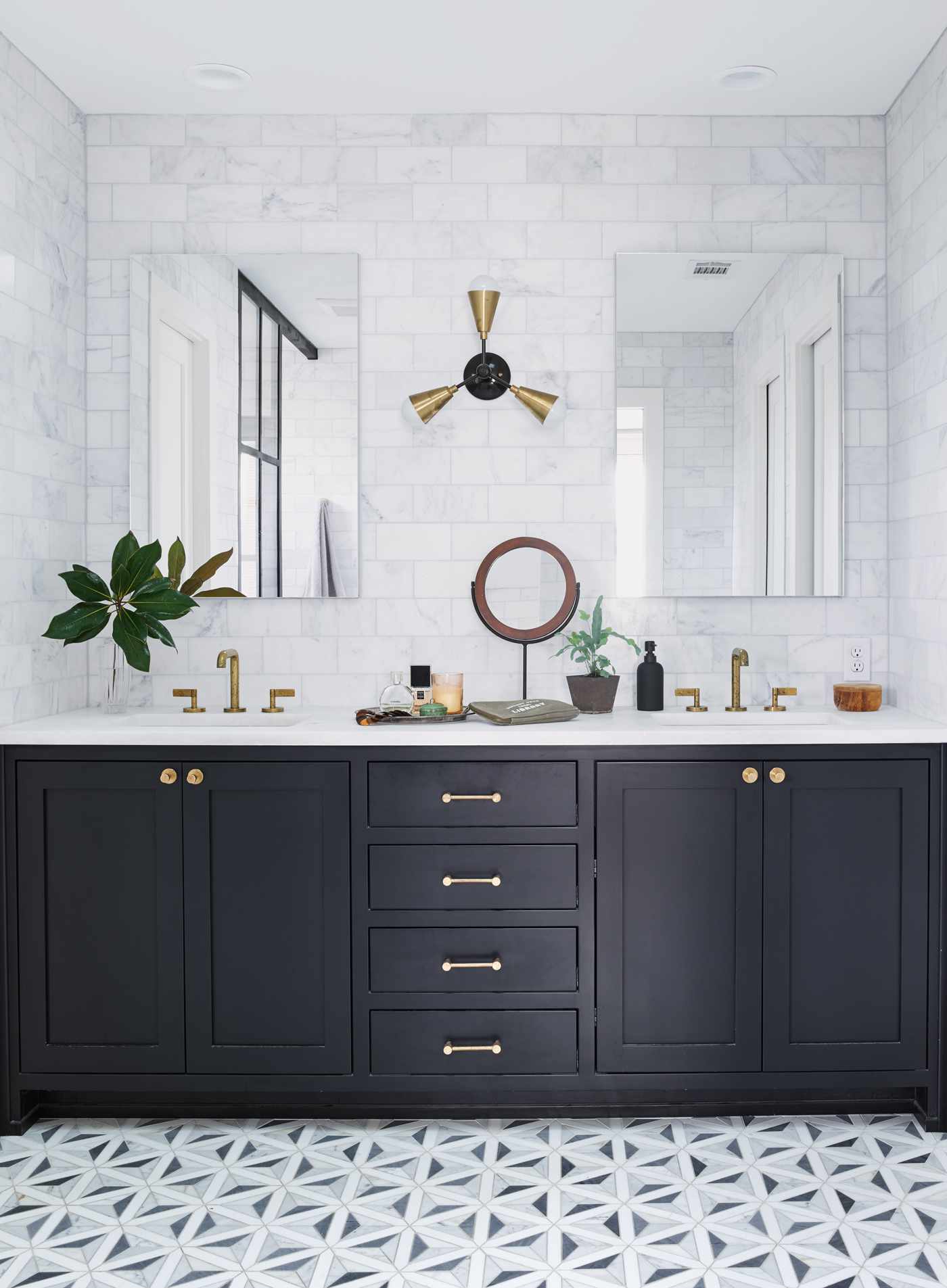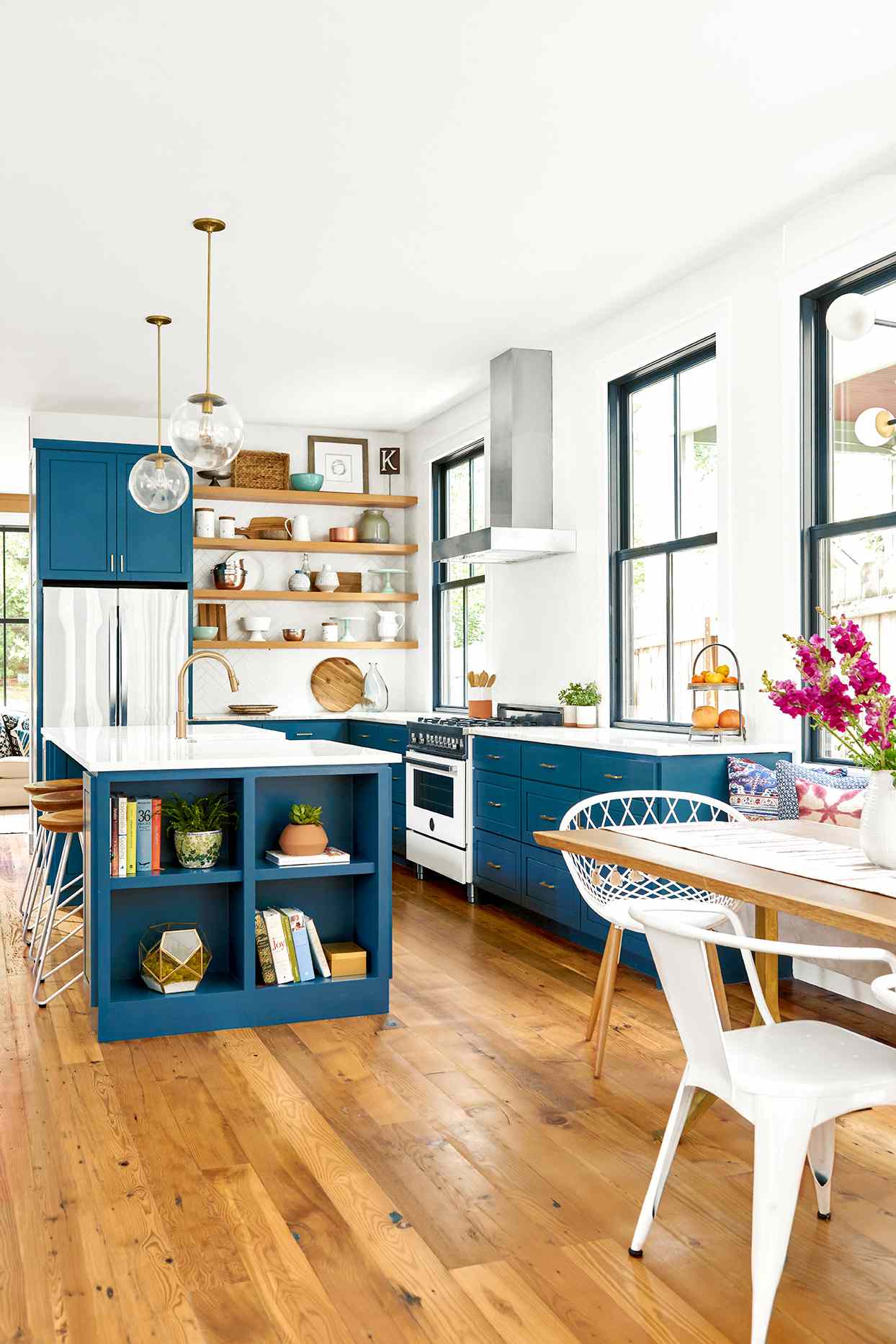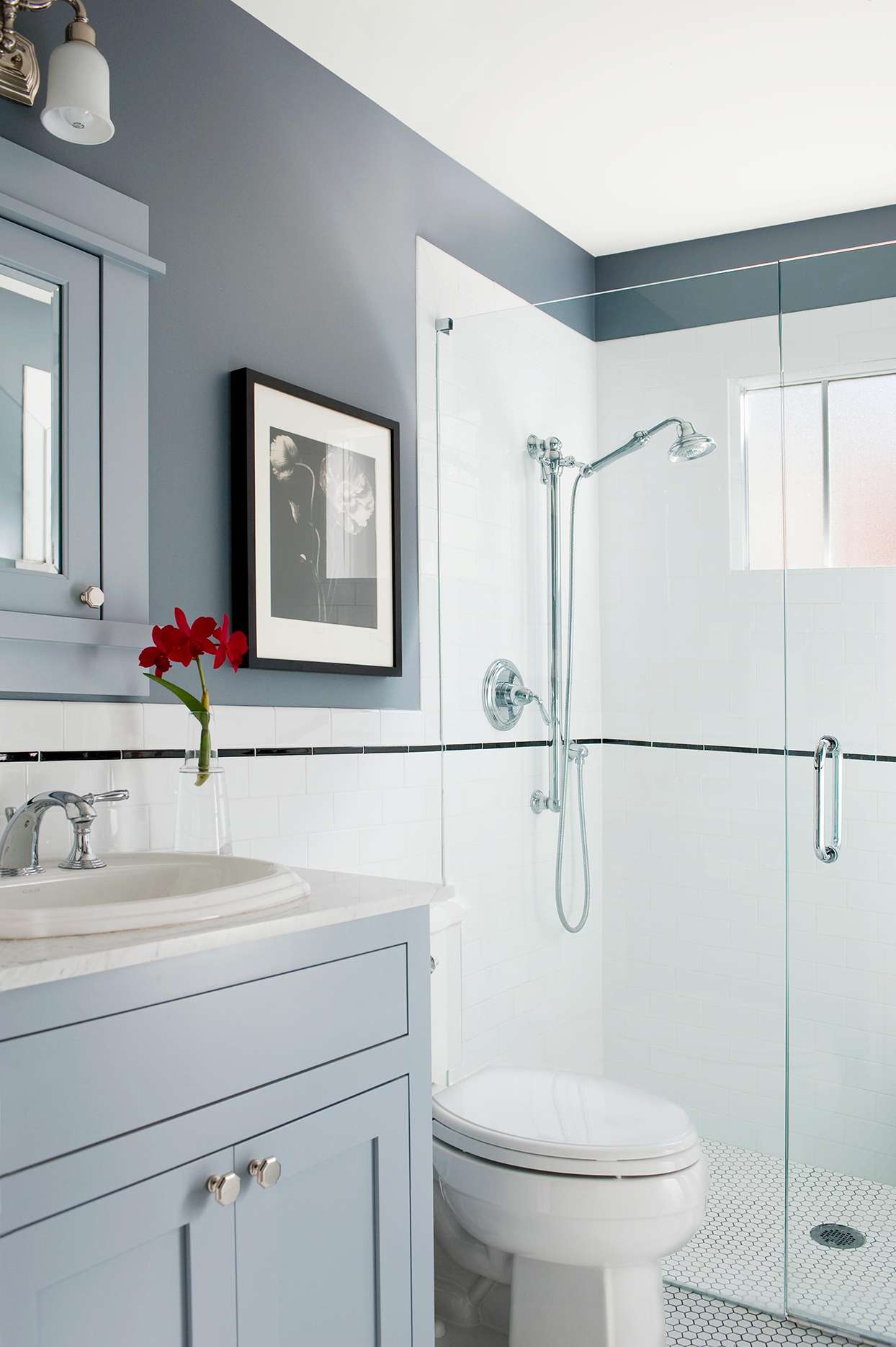Even if you’ve renovated in the past, each project brings unique twists. Here are some tips homeowners wish they knew or had done before they started remodeling.
You know you want to renovate your house, but you don’t know where to start, right? Well, you’re not alone. Many homeowners dive into the renovation process with no clue of what to expect. It’s only after they suffer through renovation mishaps that they regret not having a plan. Without preparation, the home renovation process can be full of disappointments because unlike building a new house, you aren’t starting with a blank slate. There can be unforeseen expenses and issues that make the process complex. So before you go down the twists and turns of the renovation path, here are seven things you must know before you start remodeling.

1. Invest in a Key Lockbox
If you’re renovating your home before you actually move into it and live far away, consider investing in a key lockbox. If there are large projects on your checklist that you can’t do yourself, you’ll need to hire a contractor. Remember that contractors start early, so unless you want to drive in morning rush-hour traffic to let workers inside, plan to attach a lockbox or install smart door hardware that allows you to provide entry to guests with a code. It can save you countless hours of time, gallons of fuel, and painful, early morning wake-up calls.

2. Spend Time in the Space
As obvious as it might seem, it is important to hold off on some decisions like paint colors, carpet, and light fixtures until you spend time in the space you’re renovating. For example, if you want to replace dated carpet, the choices can be overwhelming. Dense or loose fibers? Striated or no pattern? What exact shade of gray? The answers depend on the other aspects of the renovation, like choosing paint colors. Paint palettes selected before the renovation started need to be seen on walls and could change as you spend time in the house. Freshly painted walls and new carpet can reveal that some light fixtures just don’t illuminate the space as you thought it would. If you spend a little more time upfront considering how everything works together in the room you’re remodeling, you can save yourself several back-to-the-drawing-board moments.

3. Be Realistic About Your Timeline
Your renovation will take longer than expected, so be prepared and make accommodations to avoid frustration. For example, you might think that replacing a whirlpool tub and outdated double vanity in a bathroom will be quick. Removal of the old fixtures can take a few hours, but locating a new tub and vanity you love can take several weeks. It can be another two weeks before they’re delivered. An expectation of using your new hall bath within a week can turn into a six-week waiting period. Be realistic about the renovation process and timeline and select your new updates before having the existing materials removed.

4. Expect the Unexpected
All homes hold secrets, in the walls, under the floors, and elsewhere. A renovation can bring those to light. Like when your contractor tells you your floors are uneven due to a shifted center joist while measuring for your highly anticipated new hardwood floors. Now you need to deal with the home inspector who missed it and get the floor joist repaired before the new material can go down. This is just one example of how you should expect the unexpected by planning extra time in your renovation timeline and extra money into your renovation budget to allow for unanticipated mishaps along the way.

CREDIT: ANTHONY MASTERSON PHOTOGRAPHY
5. Interview Multiple Contractors
It pays to interview multiple contractors and compare bids. Suppose you want your hot water heater removed from an upstairs closet and a new one installed in the garage. The first plumber you ask says he plans to charge $6,000 and would reroute hot water lines. cutting into your living room tray ceiling to do so. The second plumber said it was too much work. Plumber three plans to finish the job in a day and charge $3,285 with no water line rerouting needed. Without interviewing multiple contractors, you run the risk of paying too much and not getting what you want. It pays to do your homework and talk to several experts before making a final decision.

6. Renovate Your Kitchen First
Homeowners often want to know in what order they should renovate a house. It’s best to start with the kitchen because these remodels add major value to your home. According to the National Association of the Remodeling Industry’s 2019 remodeling impact report, realtors estimate that homeowners can recover 59% of the cost of a complete kitchen renovation if they sell their home. Plus, if you have an outdated kitchen, upgrading the worn-out space will let you better enjoy the space while you’re home. Practically speaking, you’ll want to do the kitchen remodel first because that work will create the most dust and debris, which you won’t want landing on new paint or finish jobs. It’s always a good idea to isolate any demolition mess by putting plastic over doorways or pass-throughs. Since a large kitchen remodel typically takes several months to complete, you’ll want to set up a temporary substitute kitchen in the dining room, family room, or another adjacent area in your house.

7. Be Specific About Design Ideas
You’ll want to narrow down your design preferences before you meet with an interior designer. Get inspiration from browsing home decorating magazines, interior decorating websites, and design shows. Getting a handle on a design direction will help you avoid being talked into a designer’s personal ideas, which might be different from your vision for the renovation. Also, keep your designer strictly on your budget. Don’t allow them to purchase expensive materials and charge you for it later. If you try to stay within a specific time frame, your costs will stay low, too.
Contact us for more information.